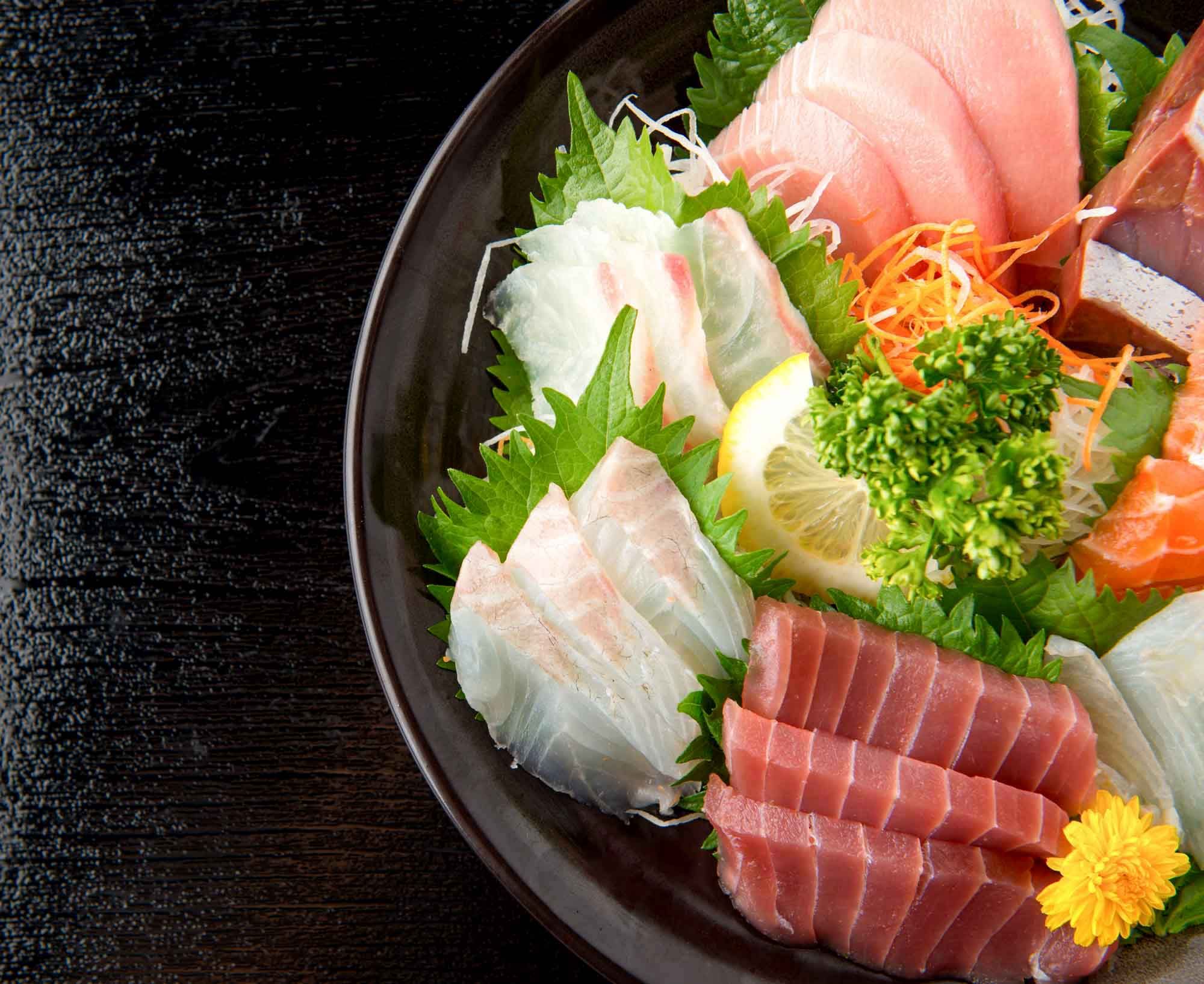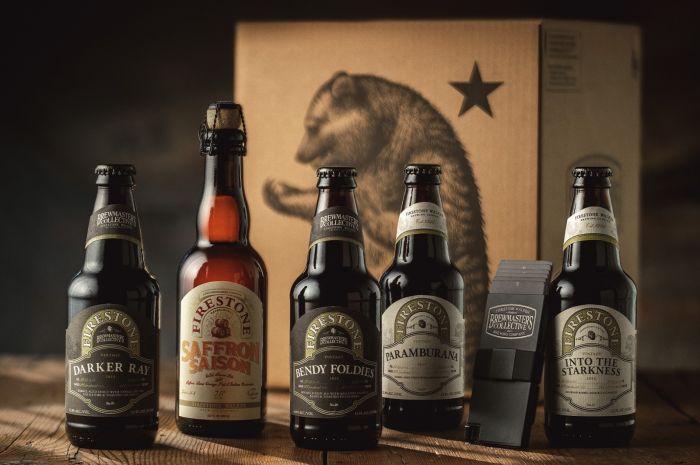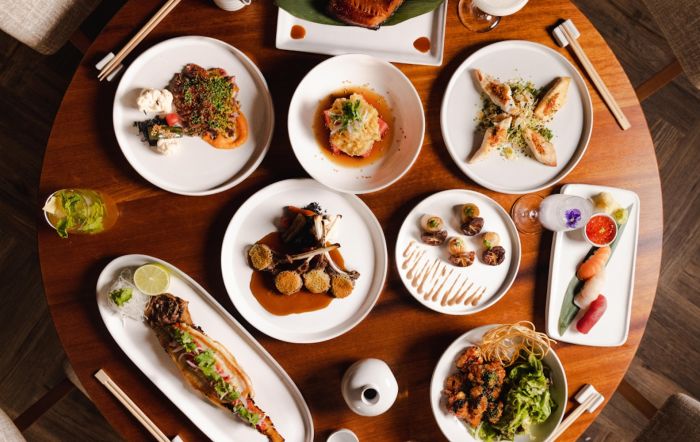
While Beluga caviar is adored for whetting the appetite and Cristal champagne is a choice elixir to enliven the spirit, there is still no rival for the one delicacy that is quickly becoming the world’s most beloved food when it comes to nourishment, delicate taste, and happiness of mind. We are talking about sashimi.
Through my recent visit to Paris and in working with the chef of one of France’s top restaurants, I have noticed that some of the region’s most coveted dishes (like foie gras with white truffles and steak tartare) are waning in popularity, while Japanese restaurants are flourishing. Meeting the insatiable demand for the finest cuts of raw fish—the top-prize going to Bluefin O-Toro (the most expensive grade of tuna used for sashimi)—these establishments are becoming the new favorites among the French elite.

Sashimi may seem the same as sushi, but it’s not. Sashimi is always raw, cut very thinly, and is typically served without rice. Sushi, on the other hand, could refer to any dish made with vinegared rice and while raw fish does make an appearance, it’s not always the case. Many sushi dishes are cooked and some don’t have seafood at all, which is why vegetarians can enjoy some sushi without a problem.
What is it about sashimi that is so celebrated? It may be hard to believe, but the demand may not be solely because of the wonderful, buttery taste. Sashimi is also renowned worldwide for its healthful properties. Its purity and freshness preserve its nutritional value, especially the easy-to-digest proteins and the omega oils so necessary for human health.

Though visiting gourmet restaurants is an easy way to try sashimi out, you can also prepare it at home if you find the right distributor, like Luxe Gourmets. Promising the best-tasting tuna (Bluefin, Bigeye, and Yellowfin), Alaska salmon, and Yellowtail (Hamachi), the company never uses any artificial methods to preserve color. If it’s good enough for Michelin-starred Chef Shimazaki of New York’s Rosanjin, it’s good enough for us.














